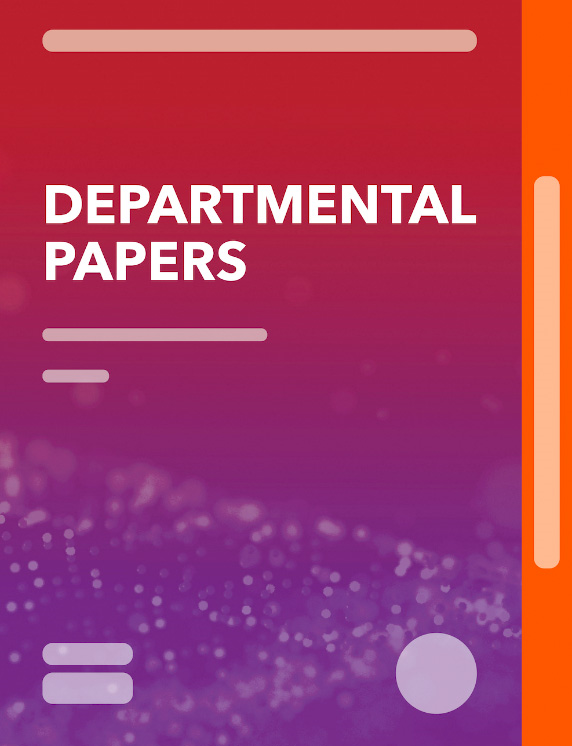Exchange Market Pressure and Monetary Policy: Asia and Latin America in the 1990s
August 1, 1999
Disclaimer: This Working Paper should not be reported as representing the views of the IMF.The views expressed in this Working Paper are those of the author(s) and do not necessarily represent those of the IMF or IMF policy. Working Papers describe research in progress by the author(s) and are published to elicit comments and to further debate
Summary
Exchange market pressure (EMP), the sum of exchange rate depreciation and reserve outflows (scaled by base money), summarizes the flow excess supply of money in a managed exchange rate regime. Examining Brazil, Chile, Mexico, Indonesia, Korea, and Thailand, this paper finds that monetary policy affects EMP as generally expected: contractionary monetary policy helps reduce EMP. The monetary policy stance is best measured by domestic credit growth (since interest rates contain both policy- and market-determined elements). In response to higher EMP, monetary authorities boosted domestic credit growth both in Mexico (confirming previous research) and in the Asian countries.
Subject: Credit, Domestic credit, Exchange rates, Expenditure, Foreign exchange, Monetary base, Money, Public expenditure review
Keywords: Asia and Pacific, Credit, credit growth, Domestic Credit, EMP fell, EMP measure, EMP shock, exchange depreciation, exchange market pressure, Exchange Rate, Exchange rates, interest rate differential, Monetary base, Public expenditure review, Reserves, Vector Autoregression, WP
Pages:
42
Volume:
1999
DOI:
Issue:
114
Series:
Working Paper No. 1999/114
Stock No:
WPIEA1141999
ISBN:
9781451853773
ISSN:
1018-5941






